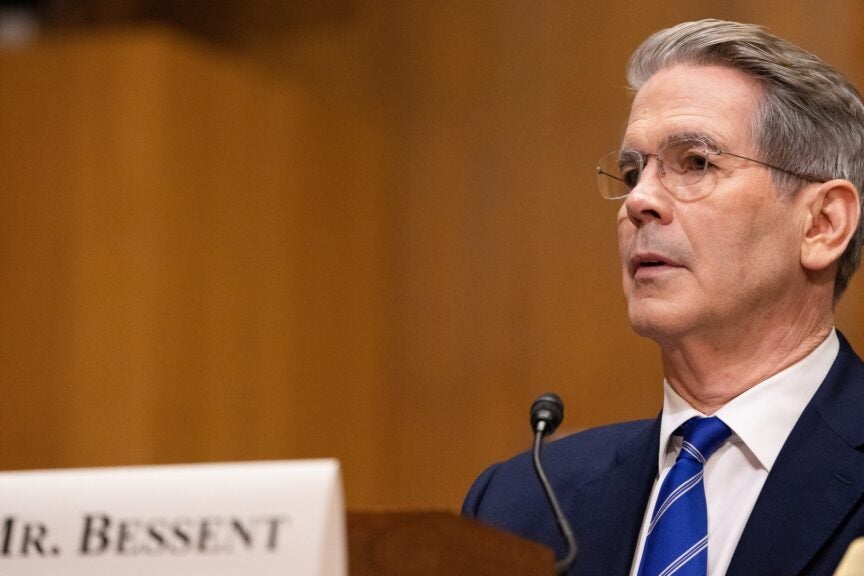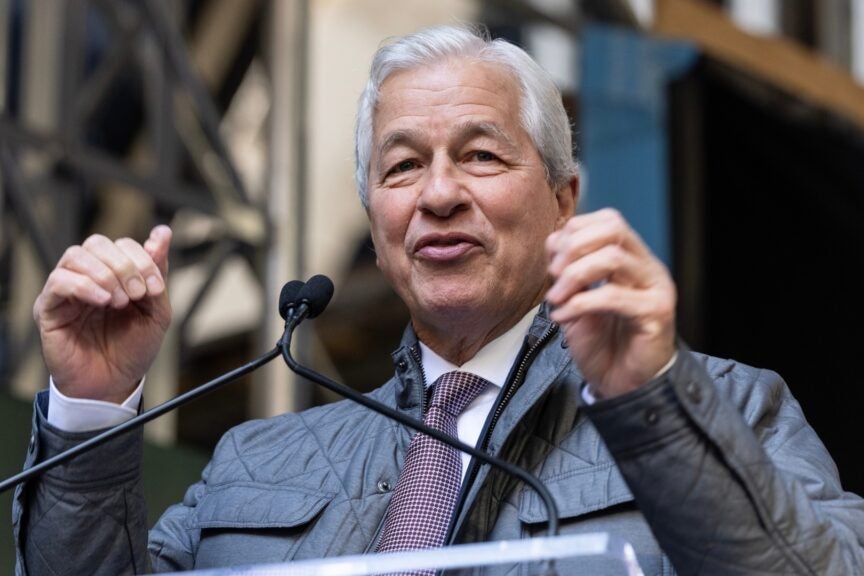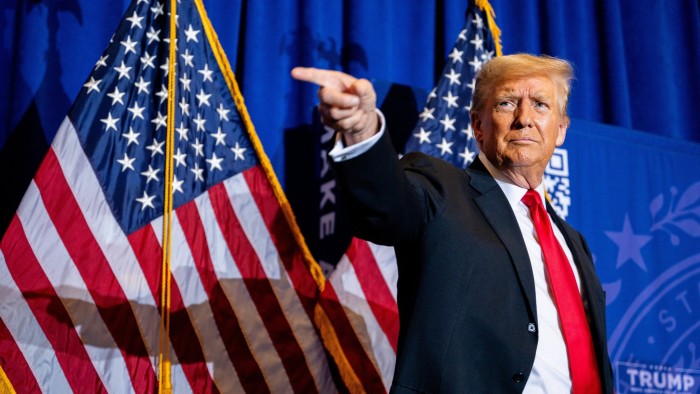A $37 Billion Exit: Why Foreign Investors Are Leaving US Stocks in Droves
In a surprising turn of events, foreign investors withdrew a staggering $37 billion from US stocks in May, marking the largest monthly exit in a year. This significant pullback comes amid a recovering market and a temporary pause on tariffs, raising questions about the future of foreign investment in the US economy.
The Context of the Withdrawal
The exodus of foreign capital from US stock markets is particularly striking given the backdrop of a recovering economy. Analysts had anticipated that the easing of tariffs and trade tensions would bolster investor confidence, especially among foreign entities. However, the reality has proven to be quite different.
Market Recovery and Investor Sentiment
Despite the ongoing recovery in the US economy post-pandemic, foreign investors appear to be reassessing their positions. May saw a significant rebound in the S&P 500, which rose approximately 6.6% during the month. Yet, this positive trajectory did not translate into increased foreign investment. Instead, it prompted a wave of profit-taking as international investors opted to exit the market.
Reasons Behind the Mass Exodus
- Rising Interest Rates: One of the primary drivers behind the withdrawal is the Federal Reserve’s ongoing interest rate hikes. As borrowing costs rise, the appeal of equities diminishes, leading investors to seek safer, fixed-income alternatives.
- Geopolitical Concerns: Heightened geopolitical risks, particularly concerning US-China relations and the ongoing conflict in Ukraine, have made foreign investors wary of US equities.
- Currency Fluctuations: The strength of the US dollar against other currencies has also played a role. A strong dollar can diminish returns for foreign investors when repatriating profits.
- Profit-Taking: After a year of strong gains, many foreign investors opted to lock in profits, especially given the uncertainty surrounding future market conditions.
Sector-Specific Trends
The withdrawal was not uniform across all sectors. Technology and healthcare stocks saw the most significant outflows, as foreign investors pulled back from high-growth areas that had previously attracted significant capital. In contrast, energy stocks experienced a modest influx, suggesting that some investors are seeking refuge in sectors less affected by the broader economic uncertainties.
Implications for the US Economy
This substantial withdrawal raises critical questions about the future of foreign investment in the US economy. Foreign capital has long been a vital component of the US equity market, providing liquidity and supporting growth. The recent trend could signal a shift in global investment patterns, with foreign investors looking elsewhere for opportunities.
Future Outlook
Looking ahead, analysts are divided on the implications of this mass exit. Some believe it could lead to increased volatility in US markets, while others argue that it may create opportunities for domestic investors to buy undervalued stocks.
Expert Opinions
Financial experts caution against overreacting to the withdrawal of foreign capital. Jane Doe, a senior analyst at Global Investments, stated, “While the $37 billion exit is significant, it is essential to consider the broader context. Market dynamics are constantly shifting, and foreign investors may return once they perceive more stability in the economy.”
Conversely, John Smith, a market strategist at Equity Research Group, expressed concern, noting, “The flight of foreign capital could indicate deeper issues within the US market that need to be addressed. If this trend continues, it may signal a long-term shift that could have lasting implications for the economy.”
Conclusion
The $37 billion withdrawal of foreign investors from US stocks in May marks a pivotal moment in the landscape of international investment. As the market grapples with uncertainties ranging from interest rate hikes to geopolitical tensions, the future of foreign investment in the US remains uncertain. Investors and analysts alike will be closely monitoring these trends in the months to come, as they could have profound implications for the broader economy and financial markets.
See more CNBC Network



